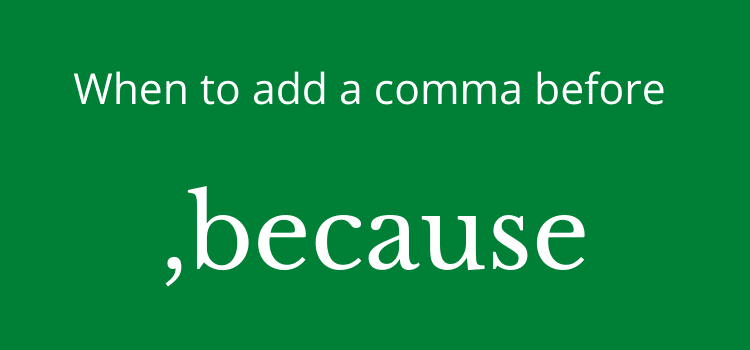
When you need to include dates in your writing, clarity and precision are essential.
Using the appropriate date format, punctuation, and grammar in your text is vital because readers from around the world need to be able to understand it without any confusion.
The key points are to be consistent with your date format, use correct punctuation and grammar, and know when and how to use abbreviations.
Writing dates correctly doesn’t take a lot of effort. But always keep in mind that format, grammar, and punctuation play a big part in ensuring that your dates are clear and easily understood by all your readers.
Avoid confusion with date formats
Some regions use different date formats, and depending on your selection, it can cause confusion.
This is particularly true of US date formats.
Yes, the world understands 9/11 because it has become such a famous expression.
But outside of the US, 9/11/23 means the ninth of November, not the eleventh of September.
This inversion of day and month is fine if you are writing for a predominantly US audience.
But if you are not, it’s better to be much clearer.
For instance, the date March 4, 2024, is written as 03/04/2024 in the United States but as 04/03/2024 in most other parts of the world.
If you are writing for an international audience, consider using a format that avoids ambiguity, such as 4 March 2024 or March 4th 2024.
Another option is to use the ISO 8601 format (2024-03-04), which is a standardized method that reduces confusion.
Using universally recognized formats can help improve clarity and prevent misunderstandings.
Punctuation in dates
When including dates in your writing, pay attention to your punctuation.
If you include a date in a sentence, use commas to set off the day, date, and month from the year.
For example:
On March 4, 2024, the new software will be available for download. (Correct)
On Monday, March 4, 2024, the new software will be available for download. (Correct)
On March 4 2024 the new software will be available for download. (Incorrect)
On Monday March 4 2024 the new software will be available for download. (Incorrect)
If you don’t want to include the day or date, then there is no comma between the month and year.
The new software will be available for download in March 2024. (Correct)
The new software will be available for download in March, 2024. (Incorrect)
In most forms of writing, avoid using ordinal numbers when writing dates.
When we speak, we say the 4th of March.
But in writing, the and of are omitted.
It’s always much clearer to write March 4 instead of March 4th.
Grammar with dates
The only vital grammar point with dates is using the prepositions in and on.
You always use in when referring to approximate dates like months and years.
But you use on for a specific day.
The first Star Wars Movie was released in May 1977. (Correct)
In May 1997, the first Star Wars Movie was released. (Correct)
The first Star Wars Movie was released on May 1977. (Incorrect)
However, when referring to a specific day, the correct preposition is on.
The first Star Wars movie was released on May 25, 1977. (Correct)
The first Star Wars movie was released on Wednesday, May 25, 1977. (Correct)
The first Star Wars movie was released in May 25, 1977. (Incorrect)
Abbreviated or full dates

Knowing when to use abbreviated versus full dates is a factor you need to consider.
Abbreviated dates are useful in informal contexts or when space is limited, such as in tables, graphs, or forms.
However, full dates, on the other hand, are more appropriate in most forms of writing.
Compare the following examples for clarity.
The next live podcast is on 12/07/24. (Abbreviated)
This could be misunderstood by readers to mean 12 July or 7 December.
The next live podcast is on December 7, 2024. (Full)
Now it is clear when the meeting will take place.
Always be mindful of your audience and the context in which you’re writing. If you are writing for an international readership, always choose the clearest and most effective form for your dates.
Writing dates in a text
When writing dates in a text, it’s always best to write them out fully to avoid any possible confusion or misunderstandings.
This is particularly true for legal, academic, business, or formal documents. For example:
Your subscription renewal will start on February 23, 2025. (Clear)
Your subscription renewal will start on 2/23/25. (Unclear)
Your subscription renewal will start on 23/2/25. (Unclear)
In casual writing or quick messages, you might use a more concise format, but clarity should always be your priority in writing.
Abbreviating the month
Yes, you can use Feb, Sept, Oct, or Jan.
But in most forms of writing, it’s always better to use a few extra letters for the months of the year.
It’s not a bid deal, but it’s better to write the months in full for the sake of two, three, or four extra letters.
Quick rules for decades and centuries
When including mentions of decades and centuries in writing, there are some basic guiding rules to follow.
For decades, you should write them out in full or use an apostrophe to replace the first two digits of the year.
However, never use a possessive apostrophe.
The nineteen-sixties was a decade of generational change. (Correct)
The 1960s were a decade of change in society. (Correct)
The ’60s were a transformative decade. Correct)
The 60’s was a decade of revolt. (Incorrect)
For centuries, it’s often best to spell out in full if the century is part of a text and avoid ordinal numbers.
The twenty-first century brought rapid technological advances. (Correct)
The 21st century has been full of rapid technological advances. (Not incorrect, but better if written in full)
This follows the old rule of if in doubt, spell it out.
Summary
Dates can vary depending on the nationality or culture.
In Ethiopia, the calendar does not obey the traditional leap year rule. It instead has 13 months, 12 months of 30 days each, and an additional month of 5 or 6 days.
In China, a lunar year is 11 days shorter than a solar calendar. For this reason, the lunar calendar tends to drift out of the cycle of seasons.
To correct this, a process called intercalation, a thirteenth month, or intercalary, is added approximately every three years.
So dates are not as fixed as you might think.
That’s why writing dates clearly and precisely improves the readability of any text.
You want to aim for clarity over conciseness, which always helps avoid any possible misunderstandings.
Consistency in your formats, proper use of grammar and punctuation, and knowing when to abbreviate are all crucial for effective communication.
Whether you’re writing an article, a blog post, or even a personal message, always pay attention to these details when you write dates. They will make your writing clearer and more professional.
Related Reading: The Number One Rule For Starting Sentences With Numbers



